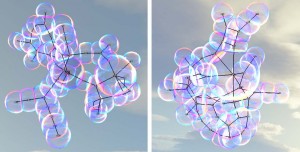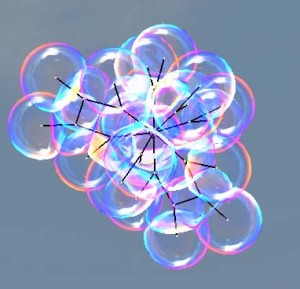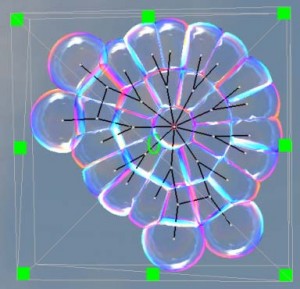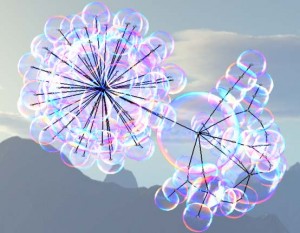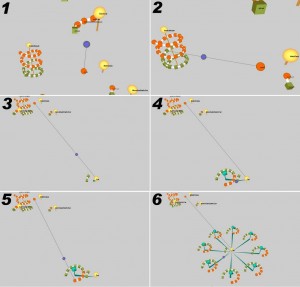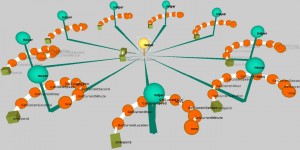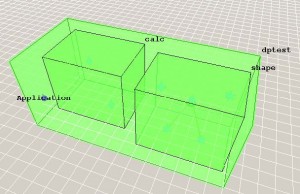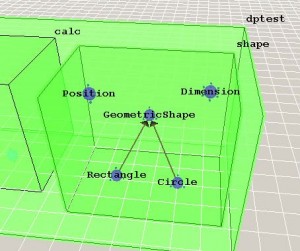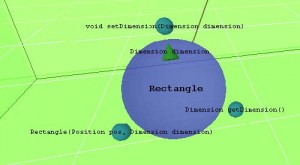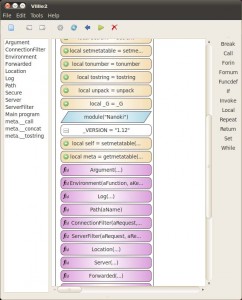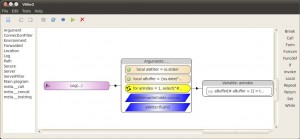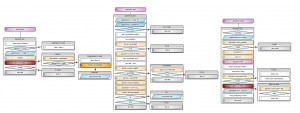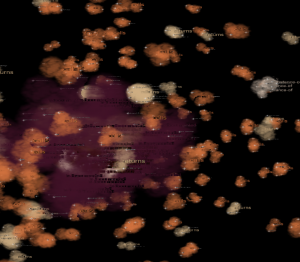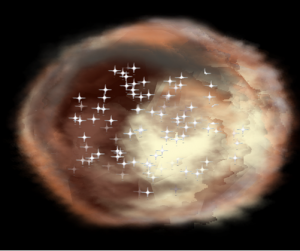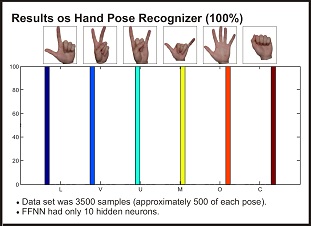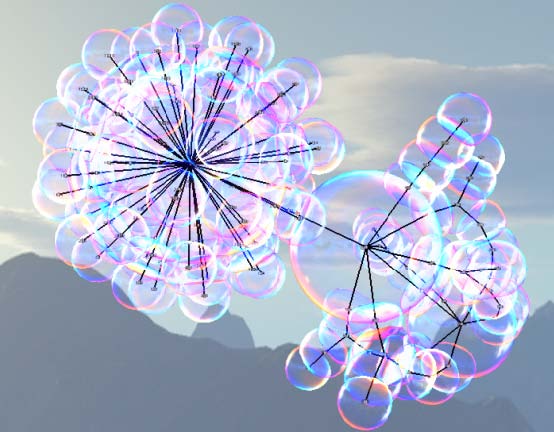
Bc. Ľuboš Ukrop
Abstract. Lots of information has structural character with some kind of relations. This type of information could naturally be represented by the graphs. A common way to enhance human understanding of graph is to visualize it. Many studies have already been devoted to this area, with most of them following conventional graph drawing techniques. In this thesis we present an experimental algorithm based on the springembedder technique, which tries to visualize graph structures using realistically rendered 3D soap bubble clusters. For its demonstration, a simple interactive visualization system was implemented. The process of system and algorithm development along with capabilities and issues connected with its use is discussed in detail.
